Image Dehazing using Matlab
₹3,000.00
Huge Price Drop : 50% Discount
Source Code + Demo Video
100 in stock
Description
ABSTRACT
The project presents visibility restoration of single hazy images using color analysis and depth estimation with enhanced on bi-orthogonal wavelet transformation technique. Visibility of outdoor images is often degraded by turbid mediums in poor weather, such as haze, fog, sandstorms, and smoke. Optically, poor visibility in digital images is due to the substantial presence of different atmospheric particles that absorb and scatter light between the digital camera and the captured object. The hazy removal technique divided into three categories such additional information approaches, multiple image approaches, single-image approaches. The first two methods are expense one and high computational complexity. Recently single image approach is used for this de-hazing process because of its flexibility and low cost. The restoration model is proposed with utilization of median filter and adaptive gamma correction technique and dark channel prior method. This approach overcomes the problems such as color distortion, artifacts and insufficient depth information. The dark channel prior is to estimate scene depth in a single image and it is estimated through get at least one color channel with very low intensity value regard to the patches of an image. The transmission map will be estimated through atmospheric light estimation.
INTRODUCTION
The basic idea is to compute an accurate atmosphere veil that is not only smoother, but also respect with depth information of the underlying image. We firstly obtain an initial atmosphere scattering light through median filtering, then refine it by guided joint bilateral filtering to generate a new atmosphere veil which removes the abundant texture information and recovers the depth edge information. Finally, we solve the scene radiance using the atmosphere attenuation model. Compared with exiting state of the art dehazing methods, our method could get a better dehazing effect at distant scene and places where depth changes abruptly. Our method is fast with linear complexity in the number of pixels of the input image; furthermore, as our method can be performed in parallel, thus it can be further accelerated using GPU, which makes our method applicable for real-time requirement The median filter and adaptive gamma correction are used for enhancing transmission to avoid halo effect problem. Then visibility restoration module utilizes average color difference values and enhanced transmission to restore an image with better quality. Finally the simulated result shows that obtained restored image has better contrast and hazy free scene objects under various weather conditions and the performance measures such as Gaussian distribution function and measure of enhancement are evaluated.
EXISTING SYSTEM
Additional Information approaches Retinex theory and Gamma correction Local contrast adjustment technique Dark channel prior method
DRAWBACKS
- Difficult to acquire scene depth information
- Low performance in restoration of image quality
- It degrades image quality after restoration due to blocking artifacts.
- It doesn’t provide optimal transmission which causes halo effect and color distortion problems.
PROPOSED SYSTEM
Visibility Restoration of single hazy images based on,
- Color Analysis and Depth Estimation on Bi-orthogonal Wavelet Transform with Enhanced refined transmission
METHODOLOGIES
- Bi-orthogonal Wavelet Transform
- Depth Estimation
- Adaptive Gamma Correction
- Color Analysis
- Visibility Restoration
BLOCK DIAGRAM
ADVANTAGES
- It avoids halo effect and insufficient transmission estimation problems.
- It recovers better image quality under various weather condition changes.
- Less algorithm complexity.
- Its processing time is low.
APPLICATIONS
- Advanced Driver Assistance System
- Video Surveillance systems
- Obstacle Detection systems
- Outdoor Object recognition systems
SOFTWARE REQUIREMENT
- MATLAB 7.14 or above versions
REFERENCES
[1] S. C. Huang, B. H. Chen, and Y. J. Cheng, “An efficient visibility enhancementalgorithm for road scenes captured by intelligent transportationsystems,” IEEE Trans. Intell. Transp. Syst., vol. 15, no. 5, pp. 2321–2332,Oct. 2014.
[2] J.-P. Tarelet al., “Vision enhancement in homogeneous and heterogeneousfog,” IEEE Trans. Intell. Transp. Syst. Mag., vol. 4, no. 2, pp. 6–20, 2012.
[3] K. M. He, J. Sun, and X. Tang, “Single image haze removal using dark channel prior,” IEEE Trans. Pattern Anal. Mach. Intell., vol. 33, no. 12, pp. 2341–2353, Dec. 2011.
[4] K. Tan and J. P. Oakley, “Enhancement of color images in poor visibilityconditions,” in Proc. IEEE ICIP, Sep. 2000, vol. 2, pp. 788–791.
[5] S. G. Narasimhan and S. K. Nayar, “Interactive (De) weathering of animage using physical models,” in Proc. ICCV Workshop Color Photometr.Methods Comput. Vis., Oct. 2003, pp. 1387–1394.
[6] J. Kopf et al., “Deep photo: Model-based photograph enhancement andviewing,” ACM Trans. Graphics, vol. 27, no. 5, pp. 116:1–116:10,Dec. 2008.
[7] Y. Y. Schechner, S. G. Narasimhan, and S. K. Nayar, “Polarization basedvision through haze,” Appl. Opt., vol. 42, no. 3, pp. 511–525, Jan. 2003.
[8] S. G. Narasimhan and S. K. Nayar, “Contrast restoration of weatherdegraded images,” IEEE Trans. Pattern Anal. Mach. Intell., vol. 25, no. 6,pp. 713–724, Jun. 2003.
DEMO VIDEO

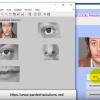
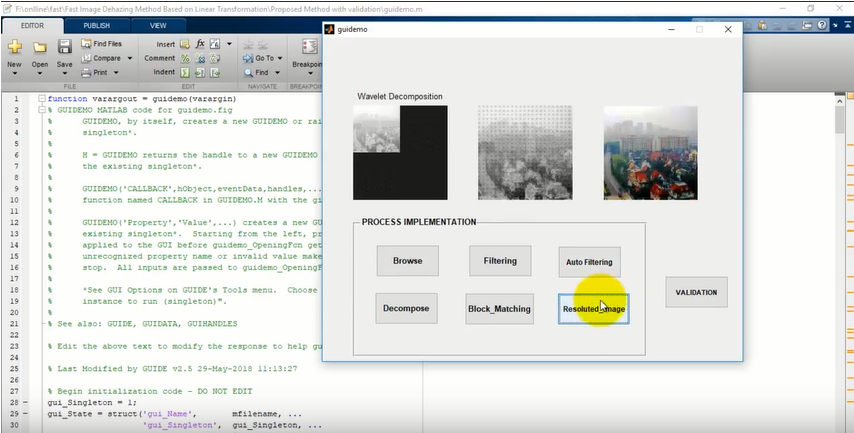
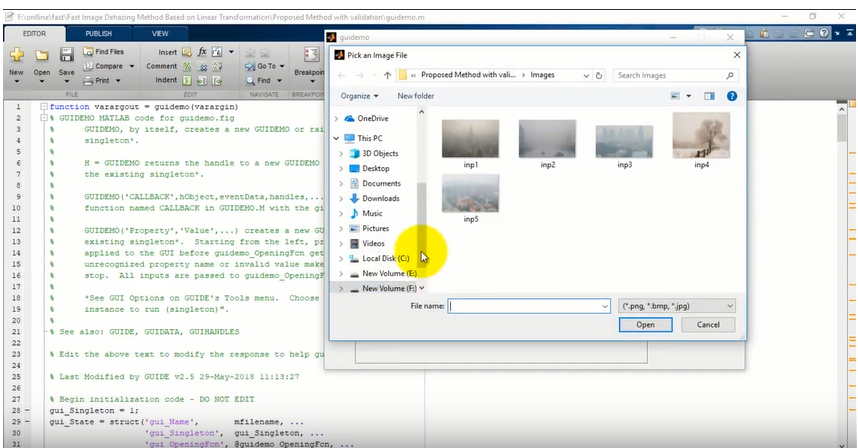
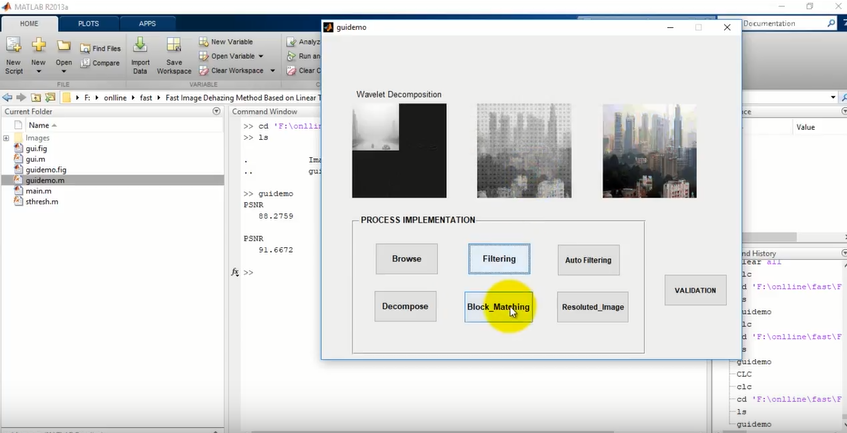
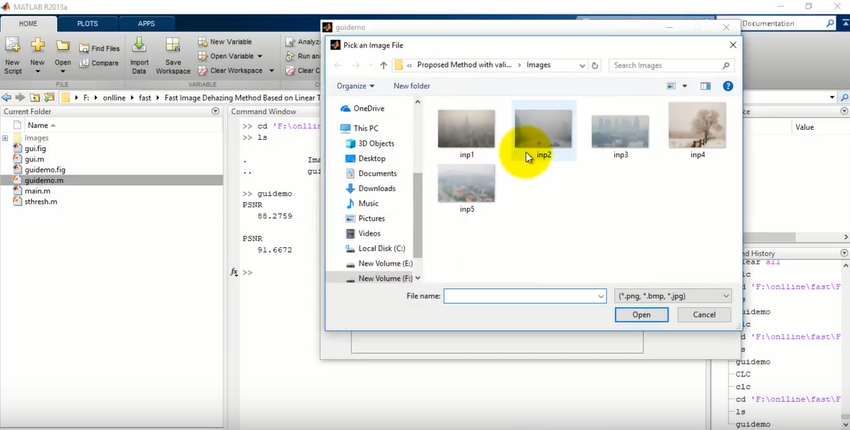
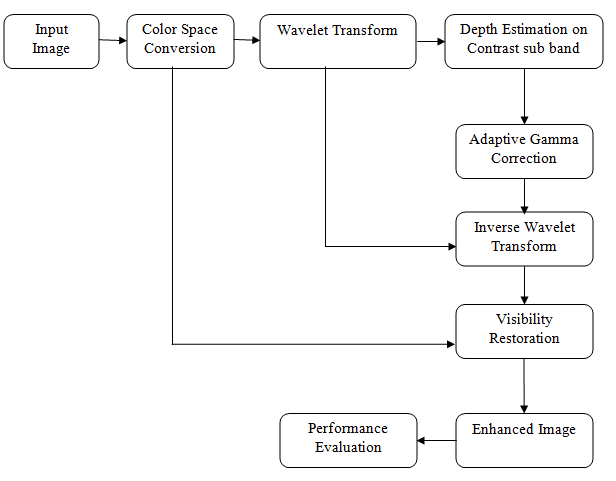
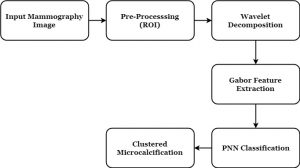
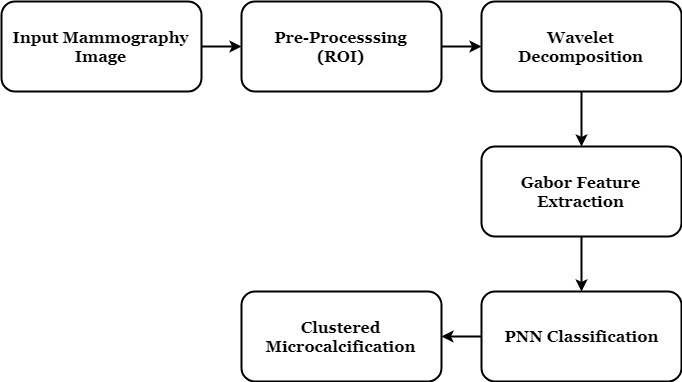
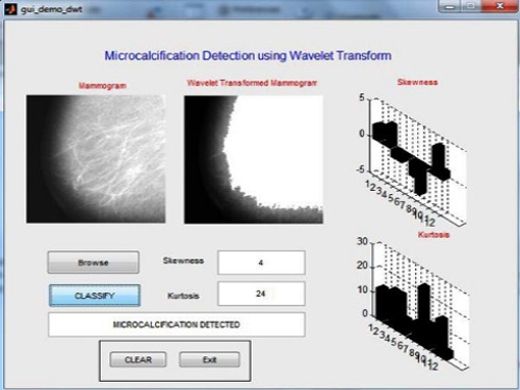


Reviews
There are no reviews yet.